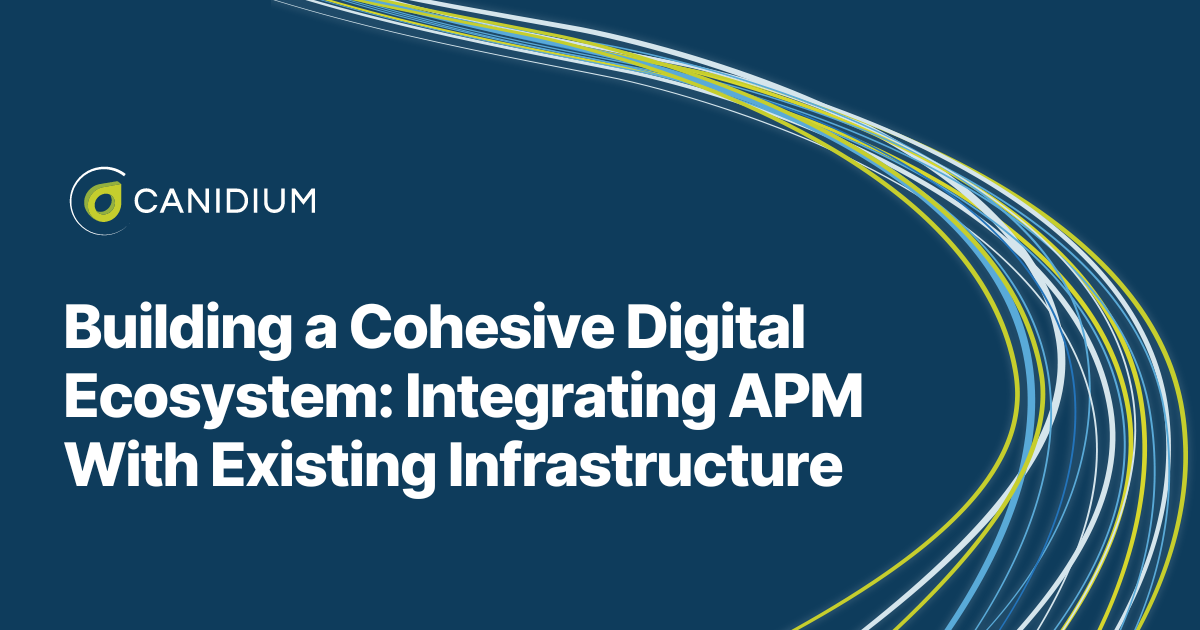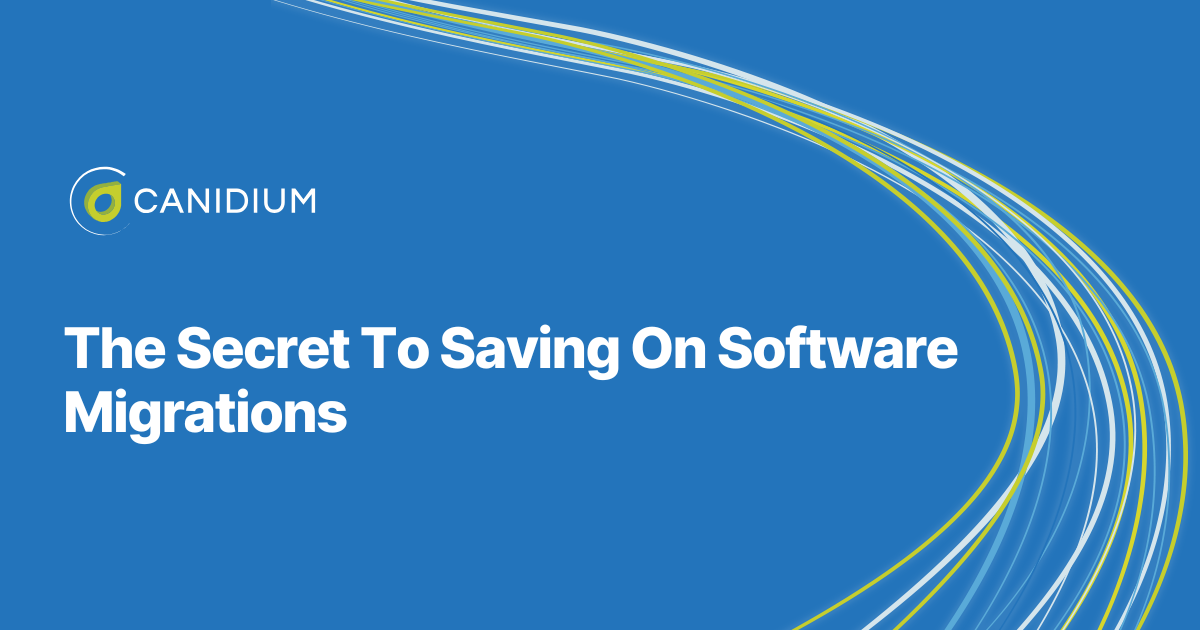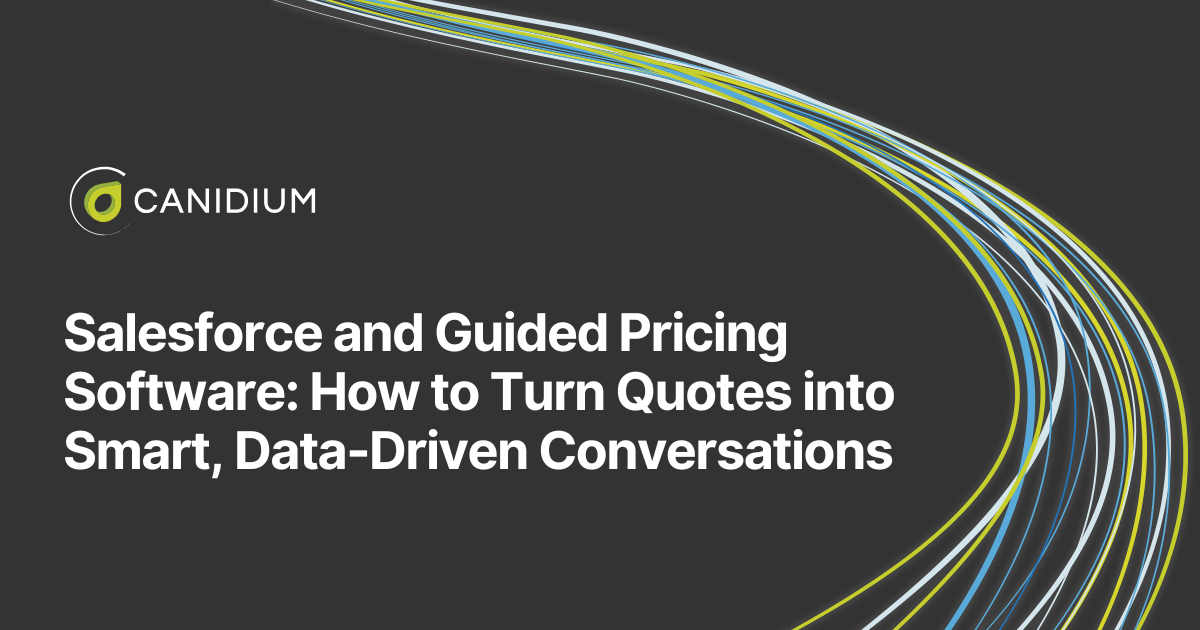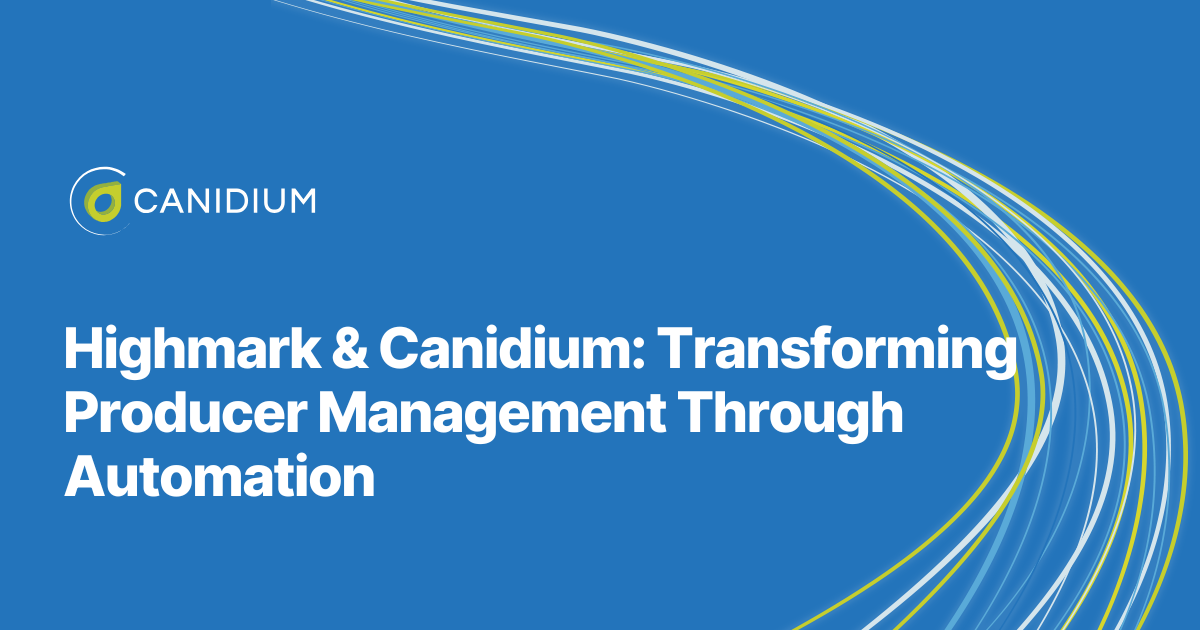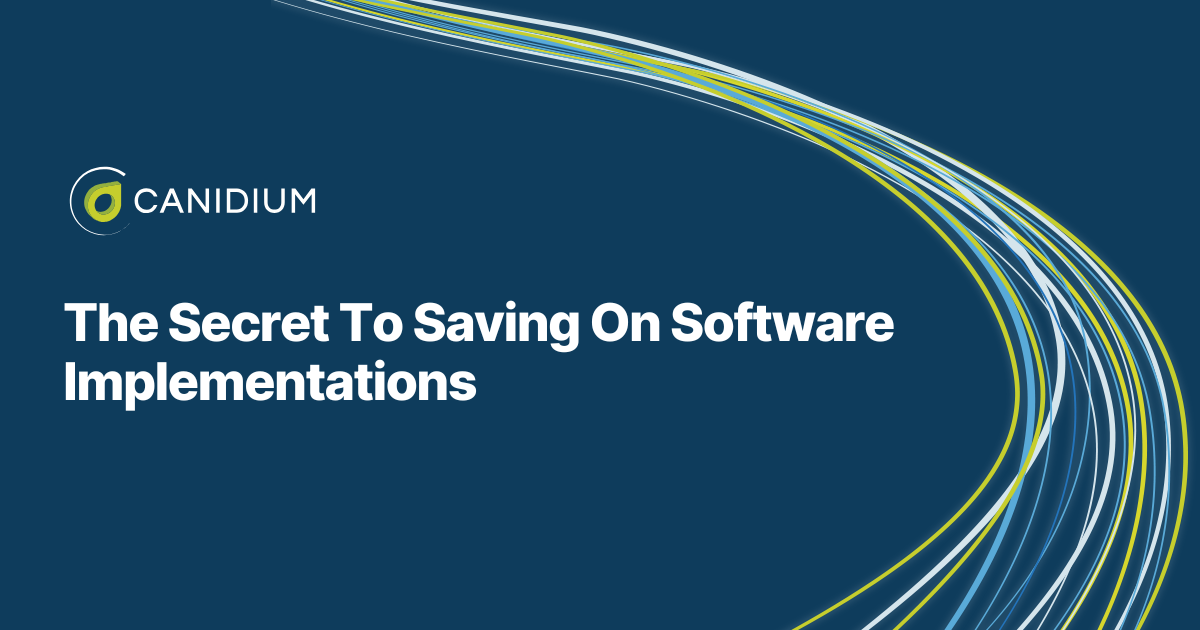In order to leverage advanced tools, you need to prepare your existing digital infrastructure. Software can only offer maximal value to your organization if it is successfully and seamlessly integrated into your overall digital ecosystem.
At Canidium, our specialized team has extensive experience in the implementation and management of Agent Performance Management (APM) systems, particularly within complex sales environments such as the insurance industry. Our team integrates advanced technology solutions, including APIs and FTPs, to optimize infrastructure and streamline data management processes crucial for modernizing business operations.
Based on our expertise, this article offers a comprehensive guide to both the technical process of integrating APM and the benefits of an optimized integration.
The Technical Process of Integrating APM
Integrating an advanced solution like Agent Performance Management (APM) requires a thoughtful approach to modernizing existing infrastructure and preparing data to ensure seamless functionality and maximized benefits. Below, we delve into the technical processes involved in such integration.
Modernizing Infrastructure With APIs and FTPs
As of 2020, nearly 90% of developers use APIs. Integrating APIs into various platforms, such as Salesforce, is foundational to infrastructure modernization.
APIs, or Application Programming Interfaces, enable disparate software systems to communicate seamlessly, allowing for the automatic transfer and management of data. Put simply, they act as a bridge between different software applications, allowing them to communicate efficiently and in real time. This capability makes APIs incredibly valuable for tasks that require immediate responses.
Without APIs, software often operates in silos, unable to communicate effectively with other systems or services. This isolation can prevent the seamless exchange of information, necessitating manual interventions or the use of less efficient, more error-prone methods like file transfers or manual data entry.
.png?width=1920&height=1080&name=Two%20software%20applications%20within%20your%20overall%20digital%20ecosystem%20need%20to%20communicate%20with%20each%20other%20to%20facilitate%20your%20workflow.%20(4).png)
Practically, APIs facilitate automatic schedule management and can integrate seamlessly with CRM tools like SOPC, delivering data in an intuitive dashboard format. This integration enhances data management across different platforms, improving the user experience by offering comprehensive insights at a moment's notice. For example, a CRM system can present aggregated data from an Application Performance Management (APM) tool, highlighting valuable metrics and reports right on the dashboard.
At the same time, FTP (File Transfer Protocol) is instrumental in modernizing infrastructure by enabling secure file transfers between systems. This is especially advantageous in situations where large amounts of data need to be moved or accessed frequently.
By harnessing the power of APIs and tools like FTP for data integrations, you can significantly improve your system's efficiency, data accuracy, and compliance frameworks. Plus, it also establishes a scalable foundation for future growth and system enhancements.
Optimizing Data Flow Between Applications
Research suggests that poor data quality costs organizations an average $12.9 million annually. While effective data management reduces costs related to errors and inefficiencies and provides a solid foundation for analytics and business intelligence, it is clear that poor data management practices come with significant costs.
Optimizing data flow between applications is not just about maintaining integrity; it's about transforming data into a strategic asset. Here's how our team helps clients prepare their data for an APM integration:
- Data Cleanup: This involves going through data meticulously to ensure it is free of duplicates, errors, or outdated information. For instance, when integrating new systems or during system upgrades, running detailed queries on databases to identify and rectify flawed data is essential.
- Normalization: Adjusting data from various sources to conform to a consistent format is vital, especially when integrating systems like Salesforce. This process helps in maintaining the integrity and usability of data across different platforms.
- Running Queries: Regular queries on data help identify anomalies and maintain the cleanliness of the database.
- Handling Special Data Types: Whether it's data involved in transactional processes or compliance-related information, specific types of data require targeted management strategies to ensure they are handled correctly.
- Onboarding and Compliance Management: Especially in industries where compliance is critical, managing data effectively during the onboarding process ensures that the data adheres to regulatory standards from the outset.
- APIs for Data Integration: APIs play a crucial role in optimizing data flow by allowing different applications to communicate seamlessly. This not only speeds up data transfer but also enhances accuracy and real-time data availability.
- System Reviews and Updates: Regular reviews and updates of the systems handling data ensure that they remain efficient and capable of handling new data challenges as they arise.
What Optimized APM Integration Can Do For Your Business
Put simply, optimized APM integration transforms your business by enhancing efficiency and insights into agent activities. With APM, you can streamline the management of complex agent networks and compensation structures, significantly reducing administrative overhead. It provides real-time performance metrics that aid in making informed decisions, fostering a culture of continuous improvement among agents. Additionally, APM ensures compliance with regulatory standards by systematically managing licenses and certifications. This level of integration leads to improved customer satisfaction through better service delivery and quicker response times, ultimately driving higher revenue and growth for your business by optimizing the performance and productivity of your sales force.
Although, to understand the whole scope of the transformation, here's a deep dive into the benefits:
The Benefits of APM
SAP SuccessFactors Agent Performance Management is a comprehensive cloud-based system designed to address the intricacies of managing sales channels in the insurance industry, which can often include over 100,000 producers with varying levels of complexity.
To understand the full scope of what APM does, let's break down its user benefits.
- Producer Management: APM streamlines the management of large numbers of producers, whether they are internal employees or external agents. It simplifies tracking their activities, sales, and performance, regardless of their position within complex hierarchical structures.
- Payee Relationships: The system manages intricate relationships among agents, agencies, brokers, and other entities involved in insurance sales. This includes managing commissions and ensuring accurate compensation distribution among multiple payees, which may include splitting commissions based on various factors.
- Compliance: Compliance is a critical component in insurance where licensing, appointments, and continuing education are mandatory for legality and operational integrity. APM ensures all compliance requirements are met and maintained, safeguarding against potential legal issues.
- Integration: APM integrates seamlessly with other systems, such as customer relationship management (CRM) tools and databases, ensuring that all relevant customer and policy data is synchronized and accessible. This integration supports a holistic view of operations and enhances decision-making.
- Customers and Ownership: The system allows for detailed management of customer data and policy ownership, which is essential for maintaining accurate records and facilitating effective customer service.
- Commission Schedules: APM can handle various commission structures and schedules, accommodating different types of agreements with producers. This flexibility is crucial in an industry where commission models can vary widely.
- Performance Metrics: By tracking detailed performance metrics, APM provides valuable insights into producer performance, helping managers make informed decisions to enhance productivity and effectiveness.
- Correspondence: The system supports comprehensive correspondence features, ensuring that all communications with agents and agencies are logged and managed effectively.
Improved Onboarding Processes
If you're stepping into the world of insurance as an agent or if you're a company onboarding new agents, understanding the streamlined process of onboarding with APM can significantly enhance your efficiency. The journey begins when a carrier or agency extends an invitation to potential producers (agents) to join their team. This could be an official invitation sent out by the administrative team or a direct invite from a recruiter, aiming for clear communication from the start.
Once the invitation is accepted, the real work begins. The onboarding process involves a structured series of steps designed to gather all necessary information about the new agent. This process isn't one-size-fits-all; it's tailored to meet the specific needs and regulations of the agency or carrier. Agents might need to sign contracts, connect with internal processing systems (like an IPR), and submit various forms of documentation, including training certificates and licensing information.
All the information collected during the onboarding—contracts, personal data, compliance documents—is then integrated into the APM system. The use of APIs here is critical; they help manage and push this data effectively, ensuring that all records are up-to-date and easily accessible. This not only simplifies management but also helps in maintaining compliance across all levels.
Post-onboarding, the data within the APM can be continuously updated and managed through APIs, which facilitate the integration of any new compliance products or changes in policy. This ongoing management is essential for maintaining the integrity of the data and ensuring that the agency or carrier stays compliant with industry regulations.
Optimized Compliance Management
Optimized compliance management is essential, particularly in industries like insurance where regulatory requirements are stringent. This process typically involves the integration of advanced workflow tools such as AgentSync or SAP with systems like Agent Performance Management (APM). These integrations help streamline and reinforce compliance activities from the onset of onboarding.
During the onboarding process, producer data is meticulously managed and integrated using APIs, ensuring that all necessary compliance products are included and adhere to established regulatory standards.
A License and Compliance (L&C) portal is crucial, housing critical information on a broker's license, appointments, contracts, insurance, and background checks. This centralized database determines how various elements should influence commission payments and compliance statuses, adhering to rules established at different organizational levels. The portal ensures that all compliance data is accessible and manageable from a single point, enhancing efficiency and accuracy.
Integrated workflow tools like AgentSync or SAP are used to notify carriers and agencies about any changes or updates in compliance status. This system ensures that all parties are informed in real-time about compliance-related issues, allowing for swift actions and adjustments to maintain legal and regulatory standards.
Integrating APM With Your Existing Infrastructure
Integrating advanced solutions such as Agent Performance Management (APM) is crucial for modern businesses, especially in complex fields like insurance. Organizations need to successfully modernize infrastructure with APIs and FTPs, optimize data flow between applications, and ensure compliance management.
The integration process involves leveraging APIs to enhance communication between systems and FTPs for secure data transfers, which collectively improve system efficiency and data accuracy. At the same time, businesses must optimize data flow to transform data management into a strategic asset.
Integrating APM effectively can streamline agent management, ensure regulatory compliance, and significantly enhance operational efficiency, ultimately driving business growth and customer satisfaction.
To learn more about APM, read this guide to the types of producer commissions APM can calculate.


